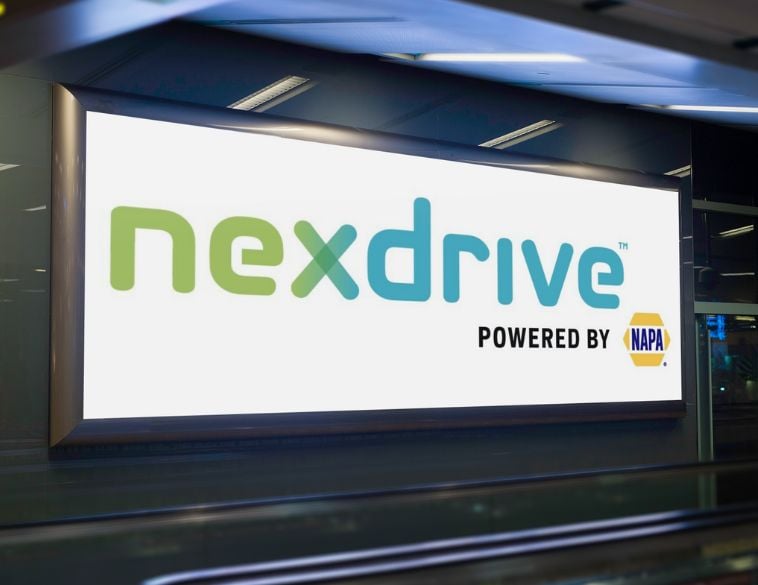Advanced technologies from Hunter allow retailers to optimize efficiencies while maximizing their return on investment.
When is a wheel balancer more than just a wheel balancer? When it provides your management team with the detailed data necessary to determine if you’re getting the return on your investment that you expect.
Able to generate critical data on demand, in real time (and even remotely with the help of HunterNet®), Hunter’s Road Force balancers provide detailed reports to management, allowing you to make business decisions that will impact your bottom line. After all, it’s one thing to own a piece of equipment; quite another to know if it’s earning its keep.
“A road force balancer is a larger investment than a typical balancer,” explains John Peron, Managing Director, Hunter Canada. “With the reports our balancers generate you can determine how many times a unit has been used for normal balancing versus road force balancing versus how many times it’s been used to mimic or identify where you should force match the tires to get them as balanced, or as round, as possible.”

The bottom line is that management is no longer working in the dark trying to figure out which balancers are keeping busy, which ones are underused, and whether the advanced features available on Hunter equipment are generating a maximum profit. “You can make sure you’ve made the right investment,” Peron adds, “and make sure that your customers are getting the level of service they expect.”
With Hunter, you can identify the number of spins each balancer has completed, and the number of times the load rollers came down. “This will give you an understanding of the cost benefit, the long term cost of ownership, as well as the right time to enter the next buying cycle to make another purchase,” Peron adds.
“For example,” he explains, “I was visiting a customer who has two balancers. One was placed beside a single tire changer in the shop, while the other balancer was with three tire changes on the other side of the shop. I found that unusual, so I brought the dealer over and I quickly punched some numbers up on the screen to find out that he had 30,000 balances on one balancer, and 6,000 on the other. I made a recommendation for him to do one of two things—either move the first tire changer over to another spot to balance the load, or switch both balancers so that he wasn’t overextending one and underutilizing the other.”
“Without the ability to access data on the spot, this type of analysis would have been impossible. And today, with advanced technologies from Hunter, management can identify opportunities faster using HunterNet® and Push Reports.”
A business partnership
Peron says Hunter is not interested in simply selling equipment. Rather, the company wants to make sure dealers and retailers who use their balancers, tire changers and other equipment, are getting the return on investment they expect and deserve.

“I want to make sure customers are utilizing their investment in the most efficient way,” he adds. “If somebody was to spend $20,000 on a balancer, but they’re only using $8,000 worth of features, then I think we have a responsibility when it’s time for the next buying cycle, to let them know so that if they choose to allocate their funds in a different manner, they’re doing so equipped with facts that will support their decisions.”
There’s no doubt in Peron’s mind that the advanced equipment Hunter offers will benefit the shops that use them. “Making sure that you’re balancing the tires properly is going to save yourself from a lot of comebacks, and a lot of problems with customers,” he adds.
That said, Peron admits that some retailers may not be ready for the advanced features Hunter offers. “I believe that in the industry today, everybody wants a diagnostic road force balancer,” he explains. “The question then becomes, do they have the strategy to implement it? Do they have the technicians willing to be disciplined to utilize it? And are they communicating the results out to the customers?” Those are decisions each retailer must make.
Saving time
With tire changeover season upon us, Canadian retailers are likely going to be busier than ever this year. With that thought in mind, the advanced technologies offered by Hunter will not only allow you to do the job right the first time, reducing comebacks, but they’ll also allow you to handle twice as many customers.
Peron explains, “Equipped with a Revolution Tire Changer and a Road Force Balancer, we know that shops can complete a full set of tires in about 14 or 15 minutes versus the 28 or 29 minutes it typically takes with other equipment. So even though the investment is larger, the right equipment will allow you to minimize labour and improve efficiencies.”
The advanced technologies available from Hunter also allow retailers to hire new help for the busy season, while leaning on Hunter to help with training.
“One of the most challenging things right now is to find people who know how to do the job,” says Carlos Quiros, Field Development Trainer, Hunter Engineering. “But we provide all the training tools they need, so the staff can understand what needs to be done, and the retailer can optimize efficiencies.”



